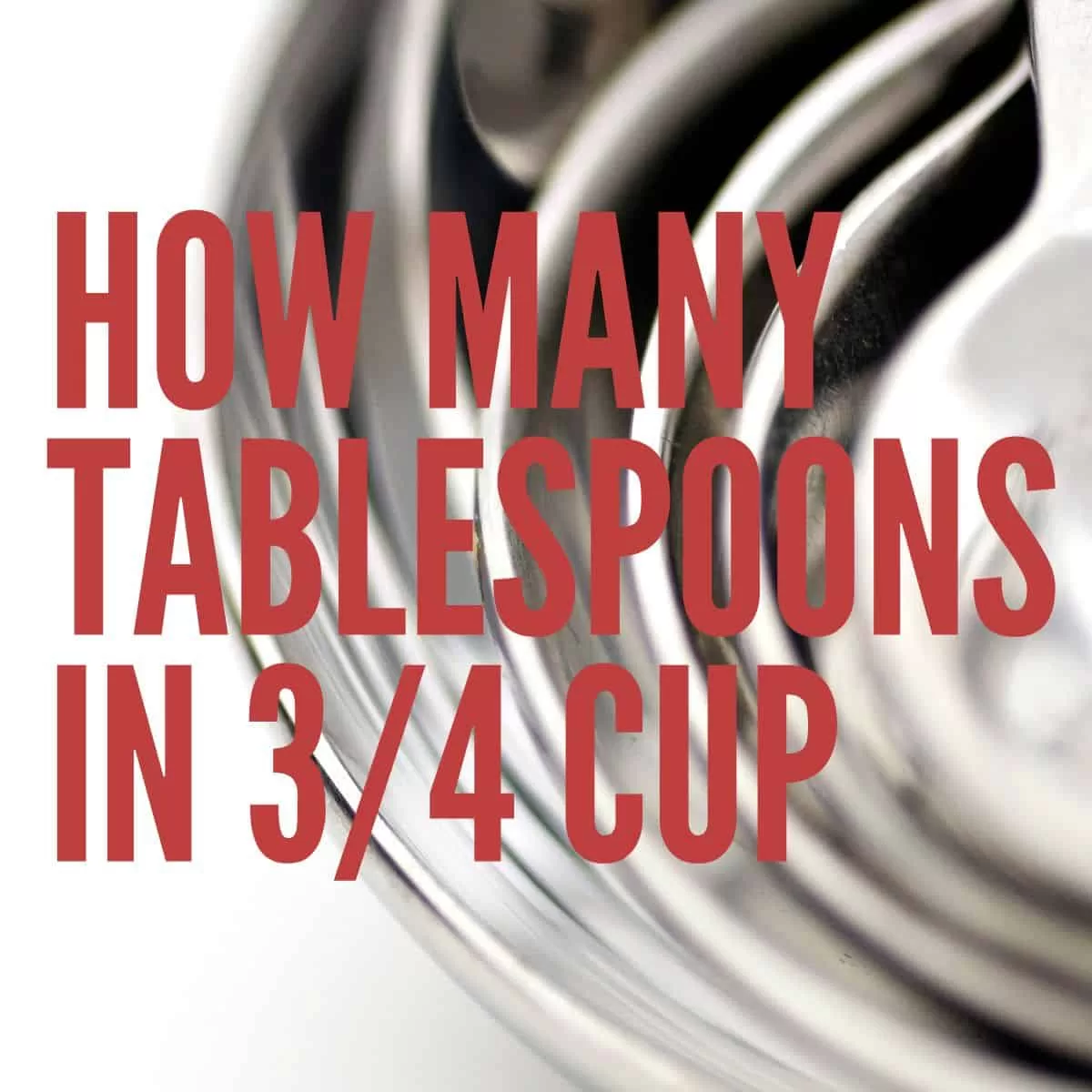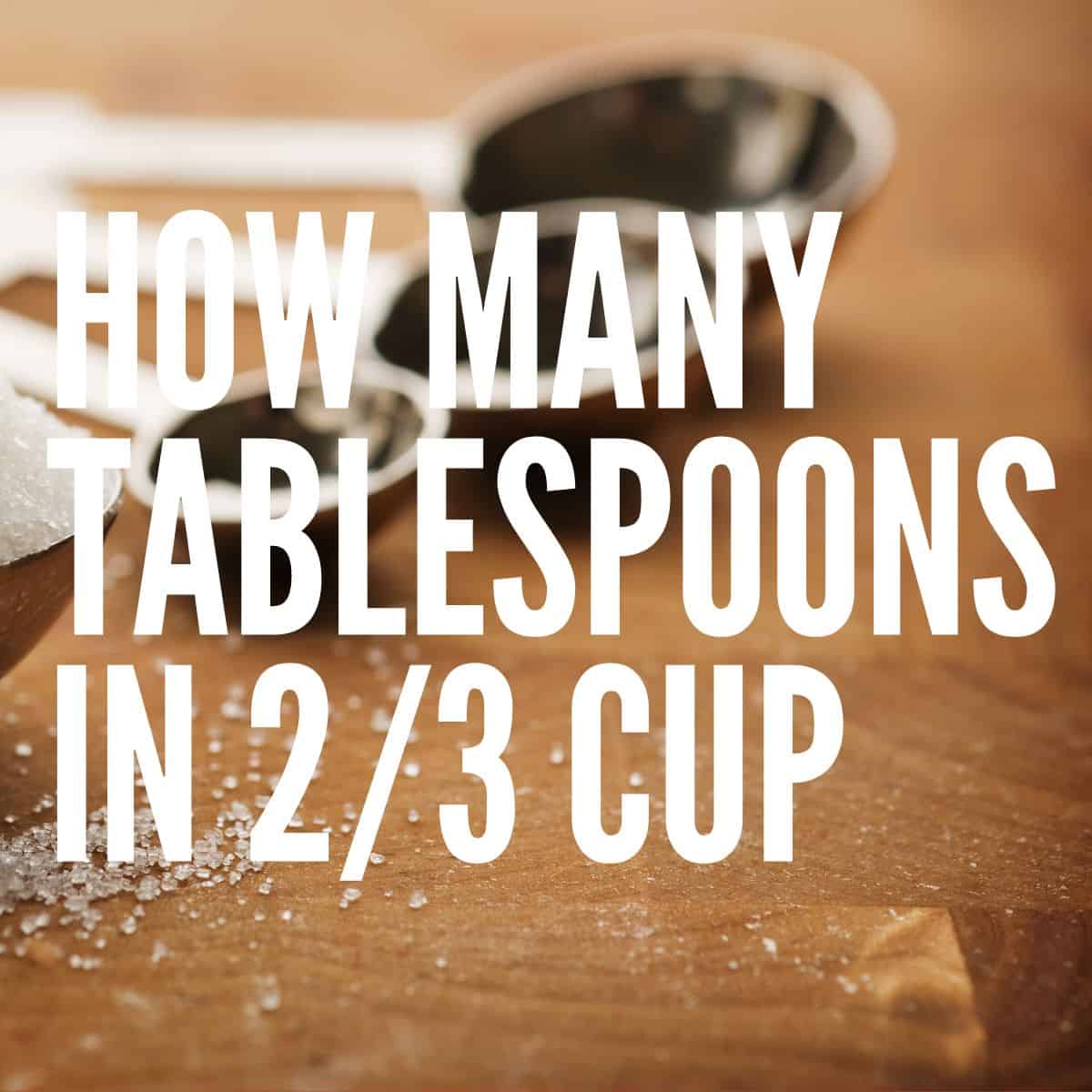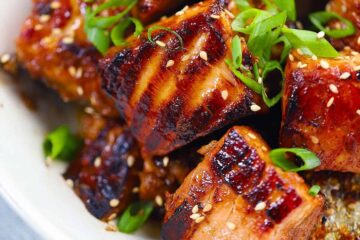If you’re trying to convert 2 ounces to cups, the answer isn’t as straightforward as you might think. The reason for this is because the measurement of cups can vary depending on what you’re measuring. For example, 1 cup of water weighs 8 ounces, but 1 cup of flour weighs 4.5 ounces. Therefore, to accurately convert 2 ounces to cups, you need to know what you’re measuring.

Let’s take a look at some common ingredients and how many cups they make up when 2 ounces are measured:
Liquid ingredients: If you’re measuring a liquid ingredient like water or milk, 2 ounces is equivalent to 1/4 cup. This is because 1 cup of water or milk weighs 8 ounces, so 2 ounces is 1/8 of a cup.
Flour: If you’re measuring flour, 2 ounces is equivalent to 1/2 cup. This is because 1 cup of flour weighs 4.5 ounces, so 2 ounces is roughly 1/2 of a cup.
Sugar: If you’re measuring granulated sugar, 2 ounces is equivalent to 1/4 cup. This is because 1 cup of granulated sugar weighs 8 ounces, so 2 ounces is 1/8 of a cup. However, if you’re measuring powdered sugar, 2 ounces is equivalent to 1/2 cup. This is because powdered sugar is lighter and fluffier than granulated sugar, so 1 cup of powdered sugar weighs less than 1 cup of granulated sugar.
Butter: If you’re measuring butter, 2 ounces is equivalent to 1/4 cup. This is because 1 cup of butter weighs 8 ounces, so 2 ounces is 1/8 of a cup.
Chocolate chips: If you’re measuring chocolate chips, 2 ounces is equivalent to 1/3 cup. This is because 1 cup of chocolate chips weighs 6 ounces, so 2 ounces is roughly 1/3 of a cup.
As you can see, the answer to how many cups is 2 ounces depends on what you’re measuring. It’s important to keep this in mind when following recipes or making conversions.

If you’re unsure about how many cups a certain amount of ounces equates to, you can always consult a conversion chart or use a measuring cup to ensure accuracy. Measuring cups come in various sizes and are labeled with both cup measurements and fluid ounces, making it easy to convert between the two.
In addition to measuring cups, digital kitchen scales are also useful tools for accurate measurements. Scales allow you to weigh ingredients in ounces or grams, making it easy to convert between different units of measurement.
In conclusion, the answer to how many cups is 2 ounces depends on what you’re measuring. For liquid ingredients, 2 ounces is equivalent to 1/4 cup, while for dry ingredients like flour, 2 ounces is equivalent to 1/2 cup. When in doubt, consult a conversion chart or use a measuring cup to ensure accuracy. Happy cooking!
While it’s important to know how to convert ounces to cups for cooking and baking, it’s also important to understand the differences between liquid and dry measurements. Liquid measurements are typically used for ingredients like water, milk, and oil, while dry measurements are used for ingredients like flour, sugar, and spices.
When measuring dry ingredients, it’s important to use the proper technique to ensure accuracy. One common mistake is to scoop the measuring cup directly into the container of flour or sugar, which can cause the ingredients to become compacted and result in an inaccurate measurement. Instead, use a spoon to lightly scoop the ingredient into the measuring cup, then level off the top with a straight edge.
Another important factor to consider when measuring ingredients is the temperature. Some recipes may call for ingredients like butter or eggs to be at room temperature, while others may require cold ingredients like cream cheese or heavy cream. Using ingredients at the correct temperature can help ensure the final product turns out as intended.
When making conversions between ounces and cups, it’s important to keep in mind that not all ingredients weigh the same. For example, 1 cup of chopped carrots weighs 4 ounces, while 1 cup of chopped onions weighs only 3 ounces. Understanding these differences can help ensure accurate conversions and consistent results in your cooking and baking.
It’s also important to note that some recipes may call for measurements in grams or milliliters rather than ounces or cups. In these cases, it’s helpful to have a kitchen scale or measuring cups with both US and metric measurements.
In addition to understanding how to convert between ounces and cups, it’s important to understand the role that each ingredient plays in a recipe. For example, flour provides structure and helps the dough or batter hold together, while sugar adds sweetness and helps to tenderize the texture. Understanding these roles can help you make adjustments to a recipe if necessary, such as reducing the amount of sugar for a less sweet result.
In conclusion, while it’s important to know how many cups is 2 ounces, it’s equally important to understand the differences between liquid and dry measurements, use proper measuring techniques, consider ingredient temperature, and understand the role that each ingredient plays in a recipe. By keeping these factors in mind, you can ensure accurate measurements and consistent results in your cooking and baking.
Lastly, it’s important to note that while measurements are important for achieving consistent results, it’s also okay to deviate from a recipe and experiment with different ingredients or amounts. Cooking and baking can be a creative and fun process, and sometimes the best recipes come from taking risks and trying something new. So don’t be afraid to play around with your measurements and ingredients, and see where your culinary adventures take you!

















